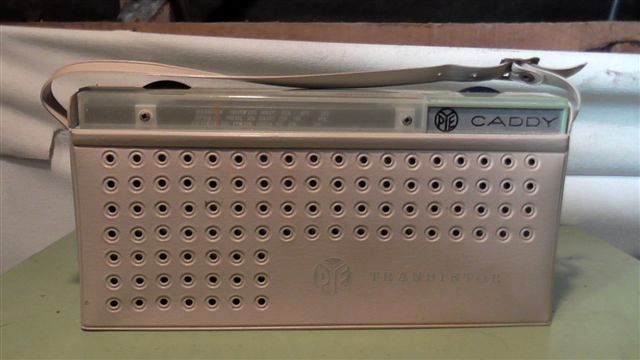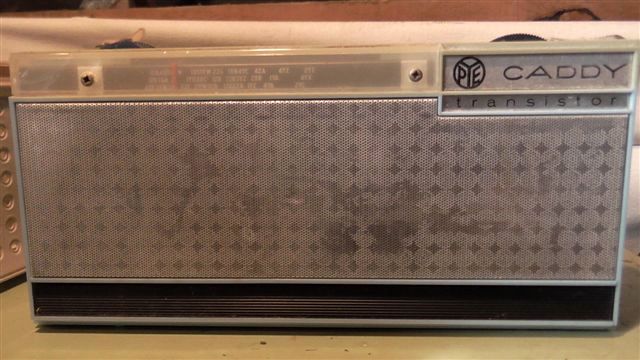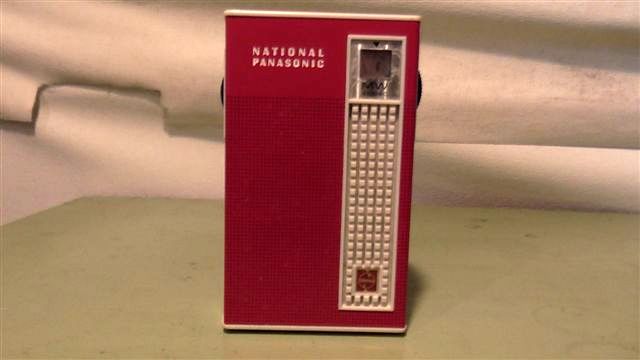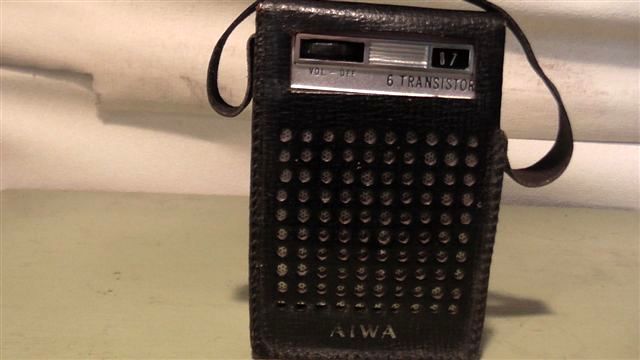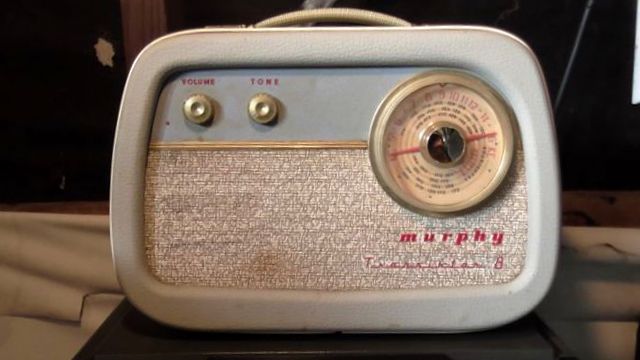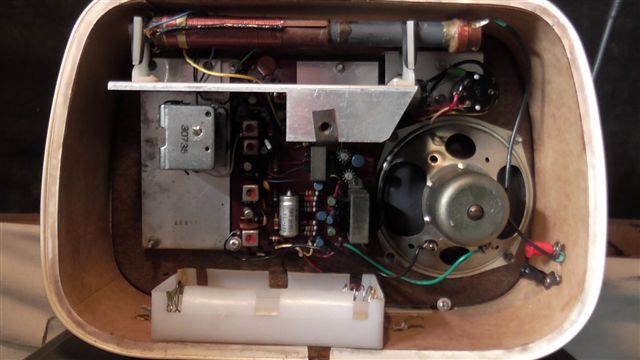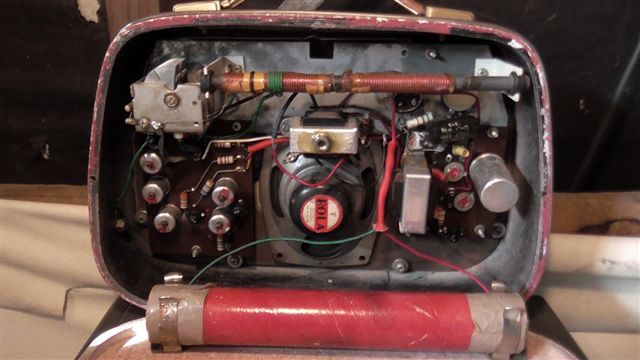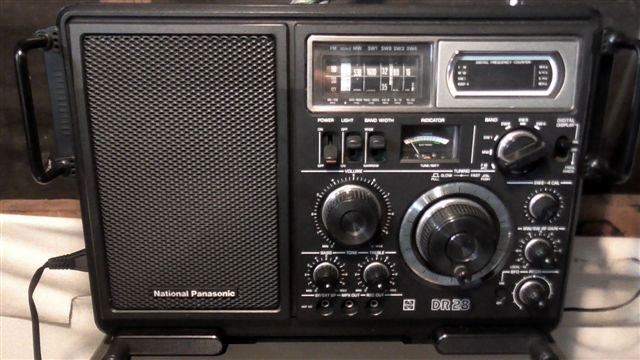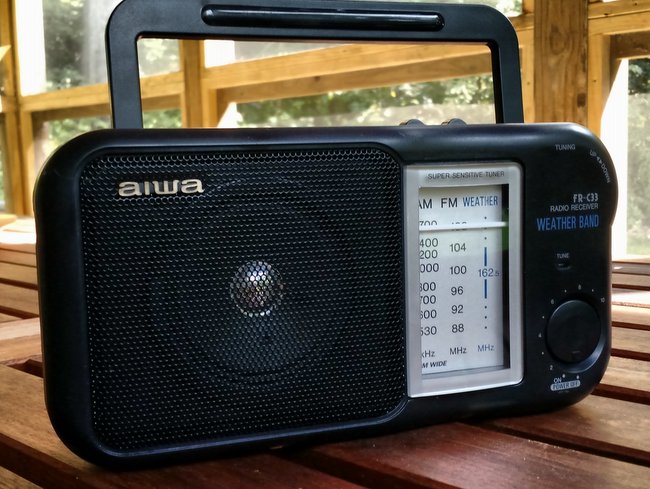 A few weeks ago, SWLing Post contributor, Ron, sent me an eBay listing for a radio with which I was not familiar: the Aiwa FR-C33.
A few weeks ago, SWLing Post contributor, Ron, sent me an eBay listing for a radio with which I was not familiar: the Aiwa FR-C33.
Ron wrote:
“I know you are primarily HF but here is something rather special and unique and inexpensive:
Aiwa’s response to C-Quam in the late 90’s was “AM Wide.” Apparently all this meant was a somewhat wider Murita ceramic filter.
But…the bandwidth just matches the 10,200 cycle limit imposed on AM stations today…try a Sony SRF-42 or SRF-A1 C-Quam receiver at night on today’s band and note that they’re just too wide.
I have one of these and can tell you the build quality is great…it has a tone control and on Sony Walkman headphones stations like WSM are just flat-out unreal in sonic quality…the speaker isn’t bad, either.
A nice big ferrite bar makes it a bit of a DX machine, too.
FM is also very good; even the weather-band add-on works too.
Very much worth a go for your collection and enjoyment[.]”
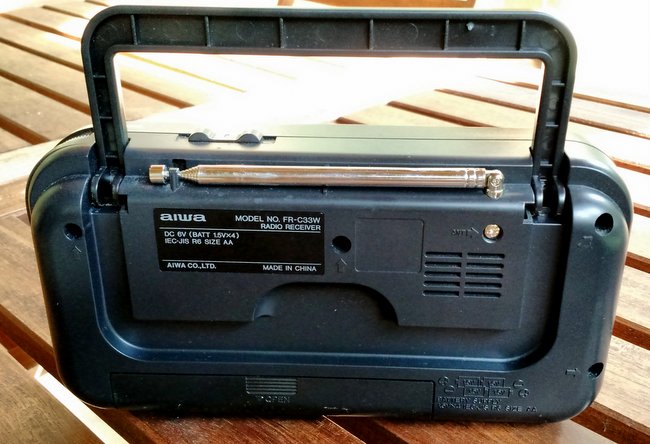 I’ve been enjoying the FR-C33 for a few weeks now; Ron’s assessment is spot-on.
I’ve been enjoying the FR-C33 for a few weeks now; Ron’s assessment is spot-on.
The FR-C33 produces clear audio via its internal speaker, but where it really shines is with a pair of good headphones plugged in. Though it has no “Mega Bass” feature like many radios of its era, the Aiwa produces great bass tones via a good set of “cans” (I’ve been using my Sennheiser HD 428s).
The FR-C33 has a very useful tone control with a smooth, wide spread between the full bass and treble settings.
All of the FR-C33’s controls are fluid and functional.
AM (mediumwave) reception is truly fantastic. I find that the analog tuning wheel is easy to use and there’s enough room for the needle to easily travel across the dial without skipping stations inadvertently (a problem I often find with smaller analog portables).
It really shines, however, when you can center on a local broadcaster with a quality AM signal. While the FR-C33W doesn’t receive C Quam stereo, of course, its wide AM filter offers up excellent fidelity.
FM reception is also sound. While I haven’t done a formal comparison on FM, it receives my benchmark FM stations with ease and produces great audio fidelity via headphones. Sensitivity-wise, it might lag slightly behind some of the better DSP-based radios out there, but for an inexpensive analog receiver, it must be at the lead of the pack.
Ron, I really appreciate the recommendation–thank you! The FR-C33 is a keeper for sure.
Though these don’t pop up regularily on eBay, you can search for an Aiwa FR-C33 by clicking this link.

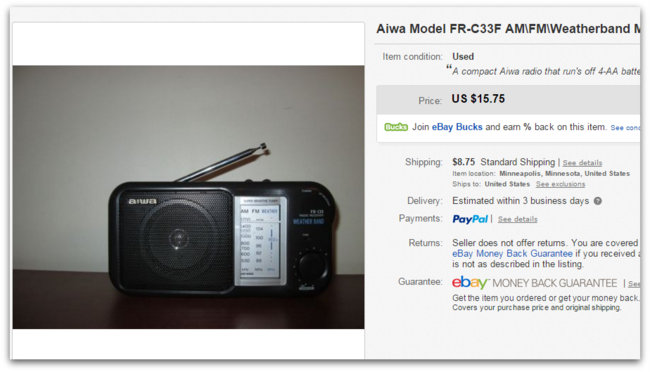
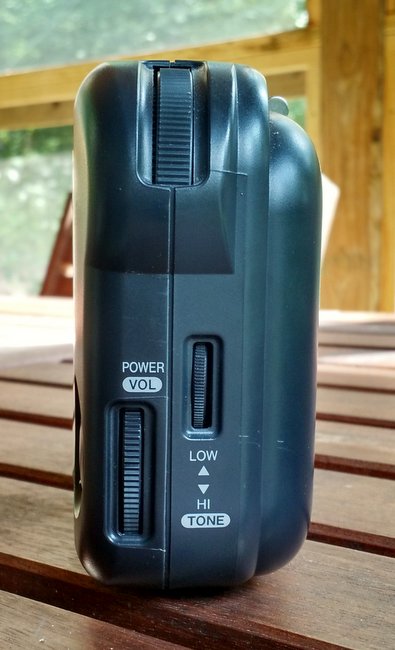
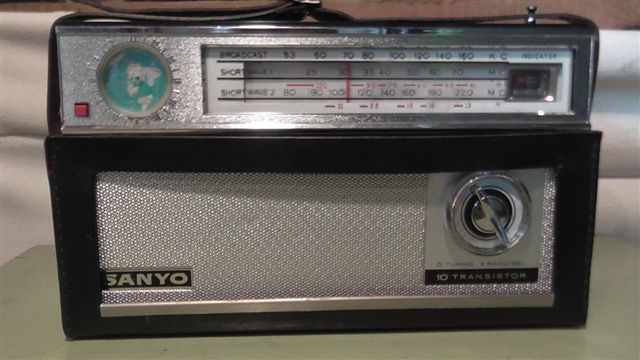
![Very early National portable with twin speakers, broadcast [band] and [shortwave. Works very well.](https://swling.com/blog/wp-content/uploads/2015/06/NationalPanasonic.jpg)
